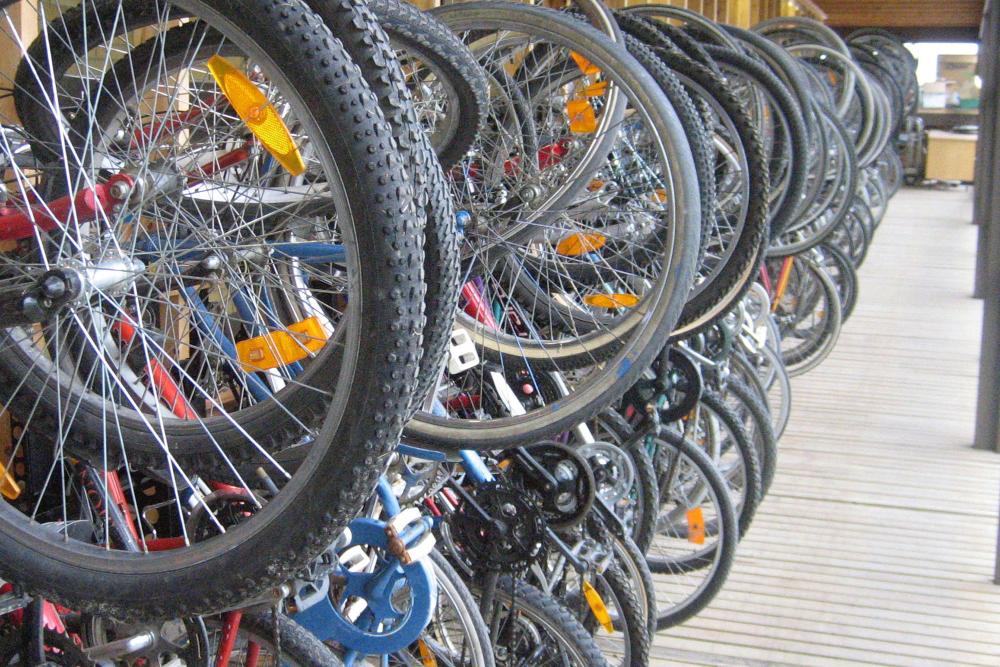Breadcrumb
Navigation Menu
Bicycle thefts
Bicycle thefts
Bicycle thefts become steadily more common as summer approaches, and summer is their peak season.
Especially then, the owners have reason to worry about leaving their bike so it doesn’t get stolen. Also bicycle parts are often stolen. This is not only a Finnish phenomenon, as bicycle theft is the most commonly spread form of crime in Europe.

Bicycle thefts can be targeted precisely
A total of around 20,000 thefts of bikes and their accessories are reported to the police each year.
The amount is large and raises questions.
Where do stolen bicycles end up? Nowadays, bikes are often traded in various online services. Bike thieves may use information about what is easy to sell online and steal that kind of items. Jopo bikes, for example, been popular lately.
Bikes are traditionally being stolen from the outside of houses, bicycle storage rooms in blocks of flats and from public places. Some of the bikes have been left unlocked in locked premises. In some cases, only a broken lock remains at the crime scene.
Prepare for bike theft in advance:
- Keep the bike’s identification data (number, make, model, size) in your records. Usually the bike’s number has been printed on the lower part of the frame. Write the serial number down. With the serial number, the police can record the bicycle as wanted. Without the number, it’s impossible to connect a bike and its owner. The bicycle can also be marked with different products.
- Take photographs of your bike. A description is easier to give with a picture, and it can also help identify a bicycle ending up with the police.
- Get a good lock for the bicycle. Thieves are always ahead about this, but it’s still unadvisable to leave a bike unlocked.
- Think about where you leave your bike and for how long.
- If your bike is stolen, you can report it in the police’s online services. Remember to give the bicycle’s identification information accurately.
Pyörän ostajan muistilista infolaatikko en
Know what you’re buying and selling
It’s an unpleasant feeling to find out you’ve purchased a stolen bike. The buyer of a stolen bike may be guilty of a receiving offence if he/she should have suspected that the bike was stolen when purchasing it.
A receiving offence can be punished with a fine and losing the bicycle. A low price and insufficient information about the bicycle’s properties don’t automatically mean it’s been stolen, of course.
